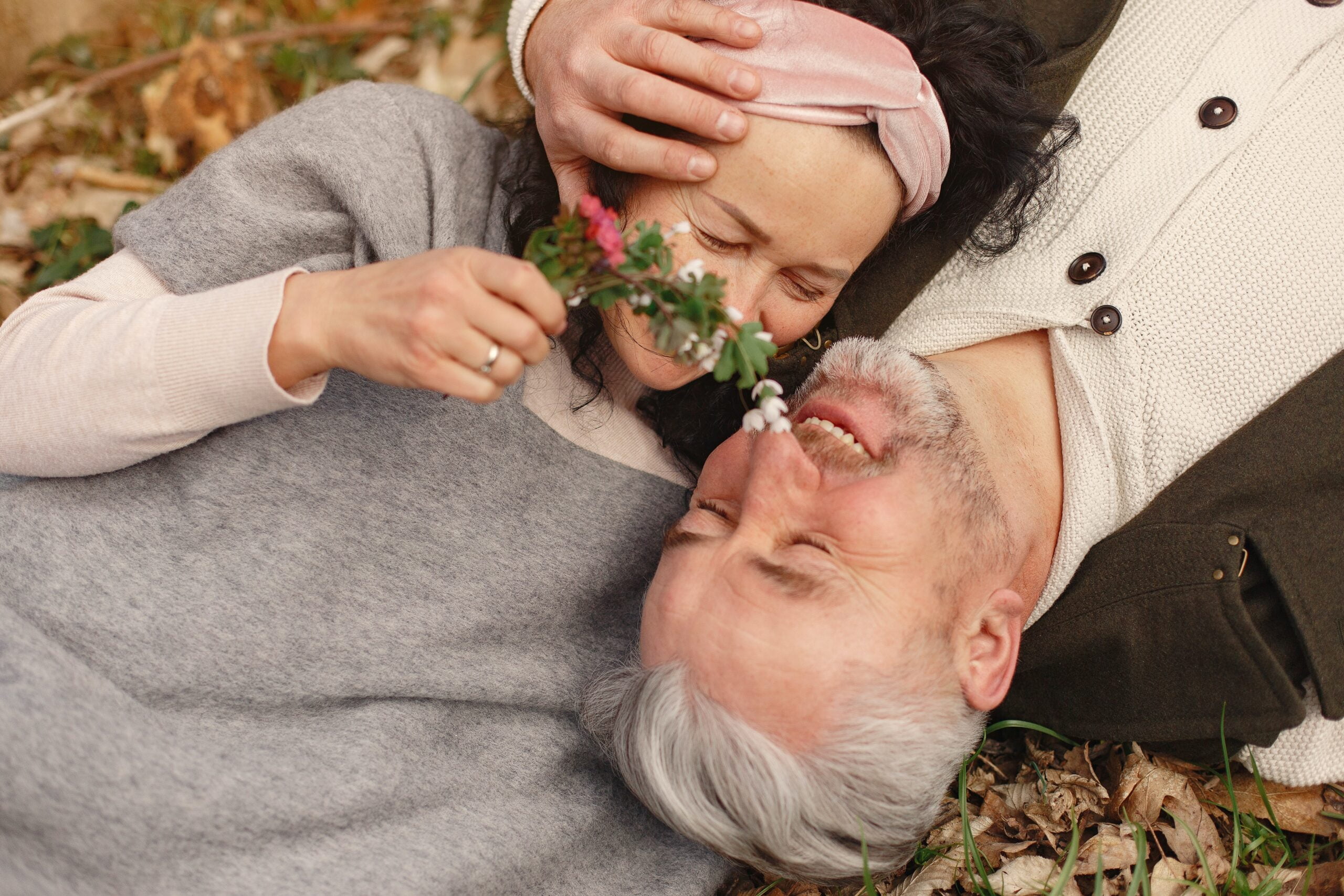Yoga for Strong Cardiovascular Wellness: 7 Daily Poses to Try
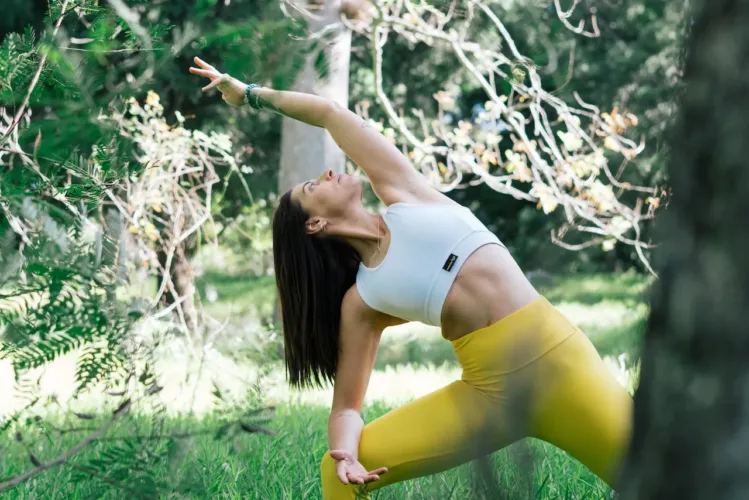
Yoga, an ancient practice originating from India, is known for its countless physical and mental health benefits. Over the years, its potential to promote cardiovascular health has received widespread attention.
Recent research has highlighted the positive effects of some yoga asanas on heart health.
Also, 7 yoga asanas to help you keep your heart healthy:
Let’s take a look at seven important yoga asanas that have been proven to have a positive effect on the cardiovascular system.
Table of Contents
ToggleTadasana (Mountain Pose)
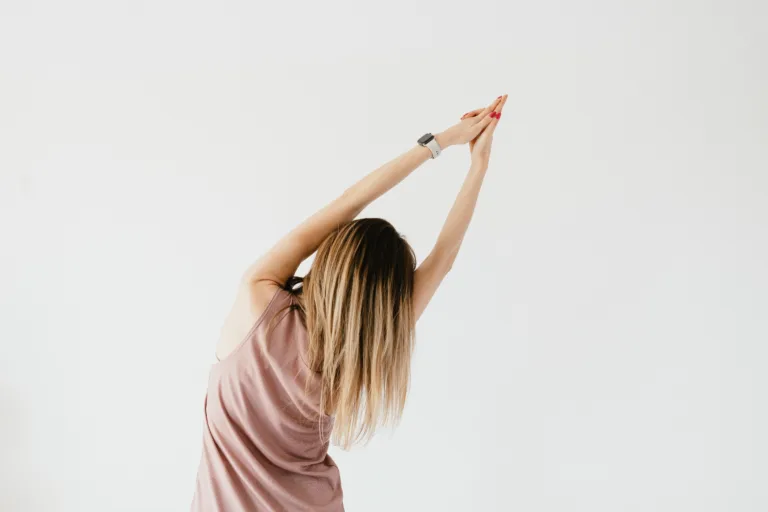
Tadasana, also known as the Mountain Pose in yoga, is a foundational standing pose. In this posture, you stand upright with your feet together, spine straight, and shoulders relaxed. As you root your feet into the ground, you engage your leg muscles and draw your abdominal muscles in. Your arms hang by your sides, palms facing forward. Tadasana is a fundamental pose that serves as the starting point for many other standing asanas. It enhances posture, strengthens the legs and core, improves balance, and promotes a sense of stability and alignment. It’s often used as a centering pose at the beginning and end of yoga sessions, helping practitioners find their grounding and focus.
Vrikshasana (Tree Pose)
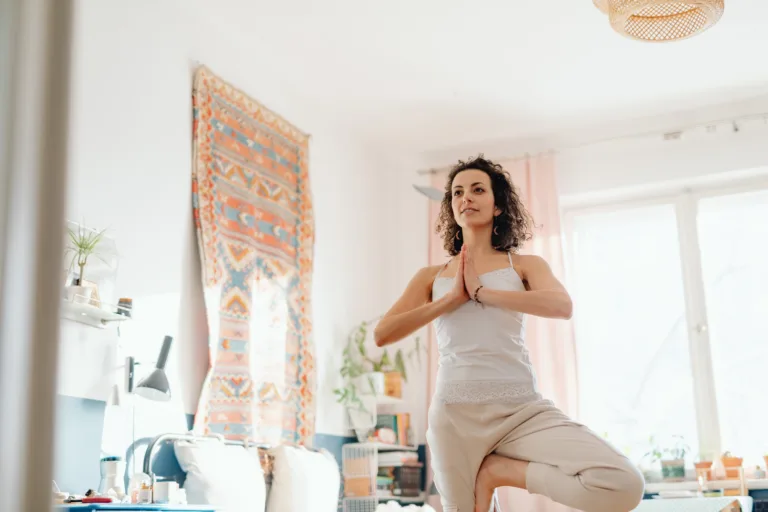
Vrikshasana, commonly known as the Tree Pose in yoga, is a standing balance pose that mimics the grace and strength of a tree. In this asana, you stand on one leg, with the sole of the other foot placed against the inner thigh of the standing leg or lower on the calf, while keeping your hands in a prayer position at the heart center. This pose improves balance, concentration, and stability. It also strengthens the leg muscles and encourages a sense of rootedness and calm. Vrikshasana promotes not only physical strength but also mental balance and mindfulness, making it a valuable addition to yoga practice.
Paschimottanasana (Seated Forward Bend)
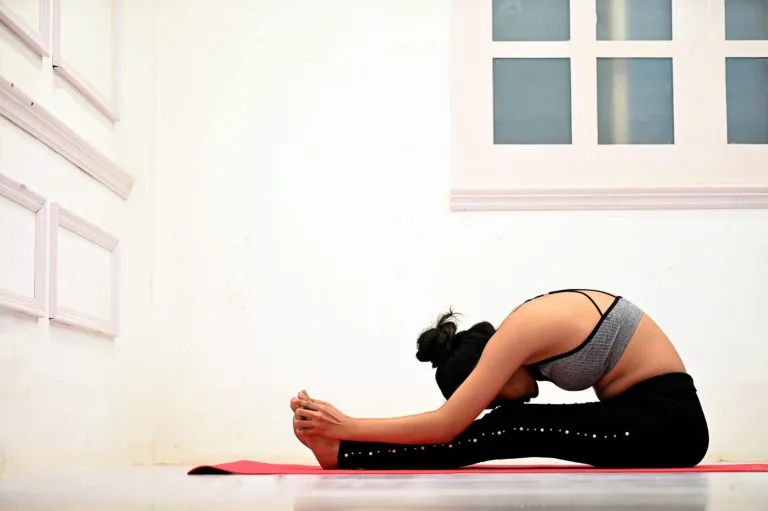
Paschimottanasana, commonly known as the Seated Forward Bend in yoga, is a seated pose that involves extending your upper body forward from a seated position, reaching toward your feet. This asana provides an intense stretch to the entire back side of the body, including the spine, hamstrings, and calf muscles. It is often practiced with the legs fully extended and feet flexed, promoting flexibility in the hamstrings and lower back. Paschimottanasana is renowned for its calming effects on the mind and its ability to reduce stress and anxiety. Regular practice of this pose can also help in improving digestion and is considered beneficial for individuals looking to enhance their overall flexibility and alleviate tension in the back and spine.
Bhujangasana (Cobra Pose)
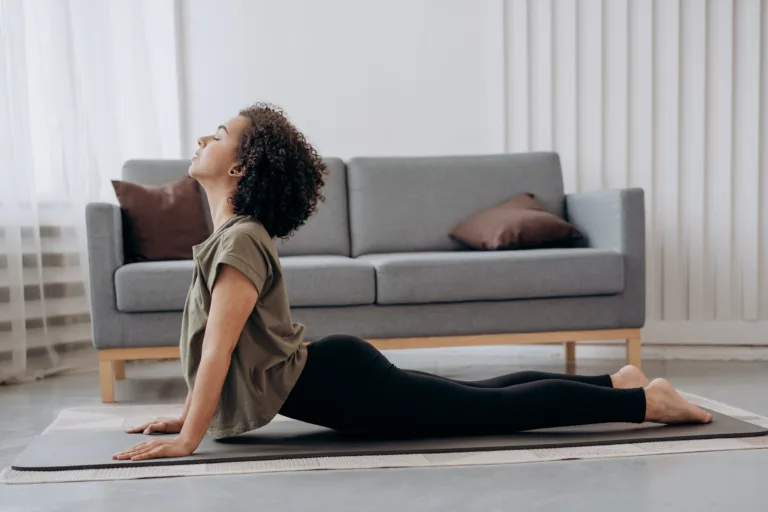
Bhujangasana, commonly known as the Cobra Pose in yoga, is a posture that involves lying flat on your stomach and lifting your upper body while supporting it with your arms. This asana is named after the cobra snake, as it resembles the snake’s raised hood. In Bhujangasana, the practitioner’s chest and upper body arch upwards, while the lower body remains in contact with the ground. This pose stretches and strengthens the chest, lungs, and shoulders, making it beneficial for improving posture, expanding lung capacity, and enhancing blood circulation. It is often included in yoga routines to promote flexibility in the spine and alleviate discomfort in the lower back.
Setu Bandhasana (Bridge Pose)
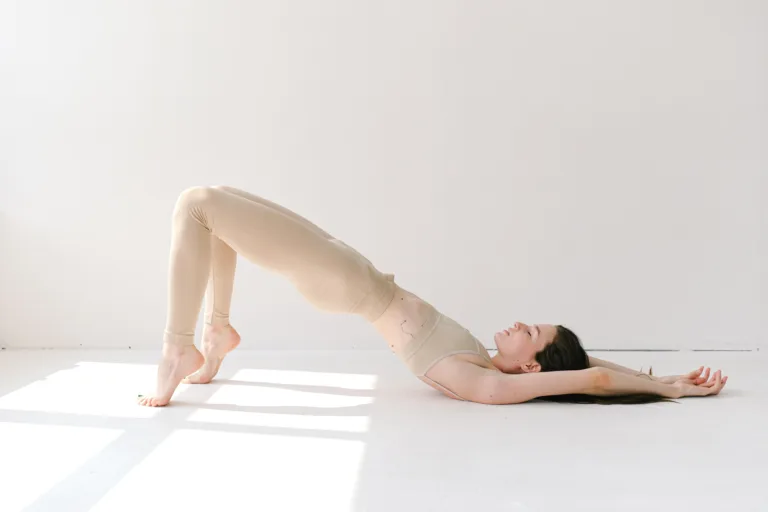
Setu Bandhasana, commonly known as the Bridge Pose in yoga, is a rejuvenating posture that involves lying on your back, bending your knees, and lifting your hips upward towards the ceiling. This asana resembles the shape of a bridge, hence its name. Setu Bandhasana is renowned for its ability to strengthen the legs, buttocks, and lower back muscles. It also stretches the neck, chest, and spine, promoting flexibility and relieving tension. This pose can have a calming effect on the mind, reducing stress, anxiety, and mild depression. It’s a beneficial addition to any yoga routine, contributing to both physical and mental well-being.
Marjarasana (Cat-Cow Pose)
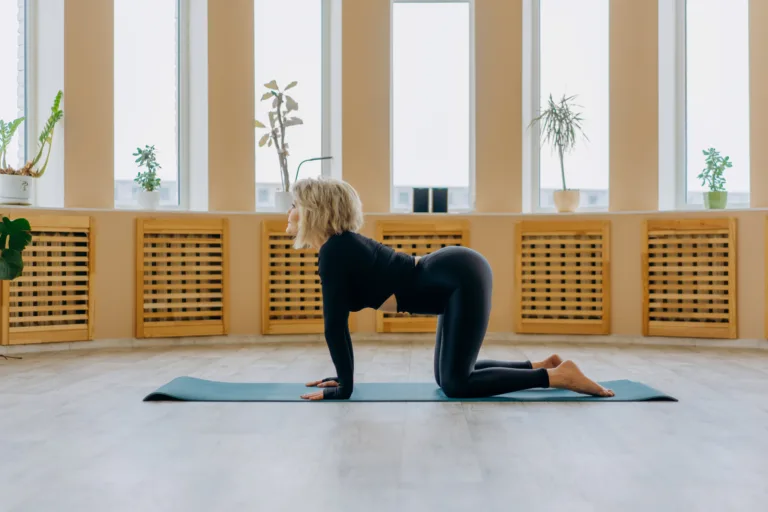
Marjarasana, commonly known as the Cat-Cow Pose, is a dynamic yoga pose that involves a flowing movement between two positions resembling a cat and a cow. In the “cat” position, you arch your back upwards while tucking your chin to your chest, creating a concave shape resembling a frightened cat. This action stretches and lengthens the spine. In the “cow” position, you reverse the arch, lifting your tailbone and head while gazing upward, creating a concave shape like a cow’s back. This pose helps improve spinal flexibility, massages the abdominal organs, and promotes relaxation. It’s often used in yoga sequences to warm up the spine and enhance overall flexibility and balance.
Savasana (Corpse Pose)
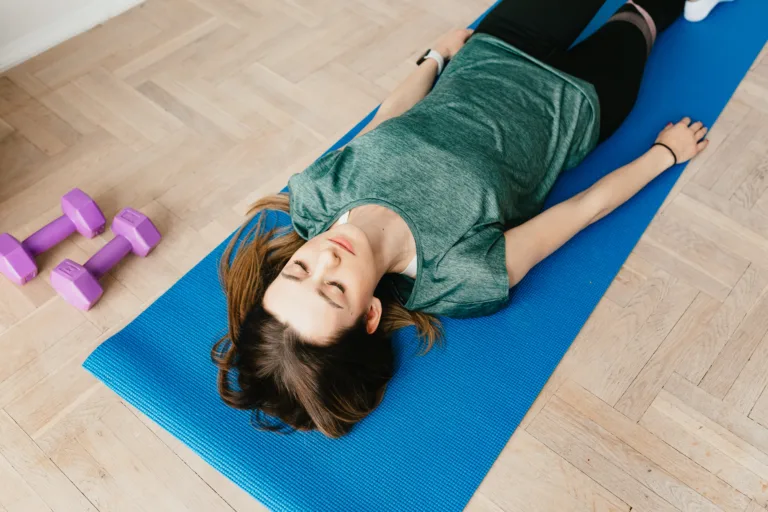
Savasana, often referred to as the Corpse Pose in yoga, is a relaxation and meditation posture typically practiced at the end of a yoga session. In Savasana, you lie flat on your back, arms and legs relaxed, with your eyes closed. The aim is to achieve a state of complete physical and mental relaxation. It allows the body to recover and rejuvenate, helps reduce stress levels, and promotes a tranquil mind. Savasana is considered one of the most important yoga poses as it allows practitioners to integrate the physical and mental benefits of their practice, leaving them feeling refreshed and centered.
Conclusion
Additionally, incorporating these yoga asanas into your daily routine along with a balanced diet and regular physical activity can play an important role in maintaining a strong and healthy heart.
However, be sure to consult a doctor/cardiologist or health instructor before starting a new exercise program, especially if you have existing health problems.
Ultimately, when practiced mindfully and regularly, yoga can be a valuable addition to your cardiovascular health journey. Mixing post workout cardio exercises can help improve your overall fitness and aid in recovery.
